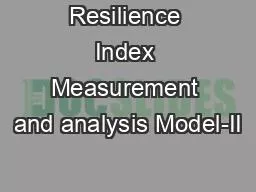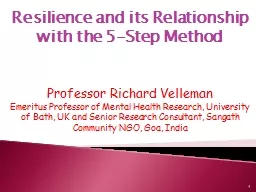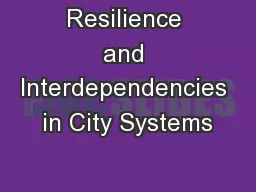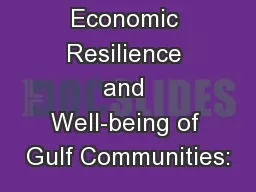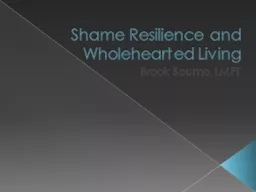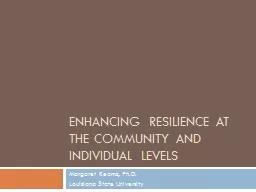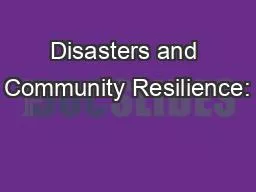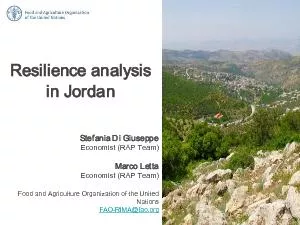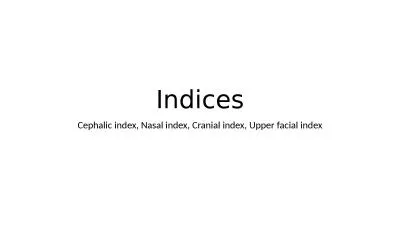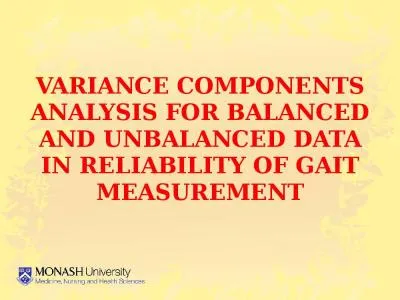PPT-Resilience Index Measurement and analysis Model-II
Author : pongre | Published Date : 2020-08-28
RIMAII Owen Calvert Project Manager Sustainable Agriculture for Economic Resiliency Juba South Sudan Food and Agriculture Organization of the United Nations Resilience
Presentation Embed Code
Download Presentation
Download Presentation The PPT/PDF document "Resilience Index Measurement and analysi..." is the property of its rightful owner. Permission is granted to download and print the materials on this website for personal, non-commercial use only, and to display it on your personal computer provided you do not modify the materials and that you retain all copyright notices contained in the materials. By downloading content from our website, you accept the terms of this agreement.
Resilience Index Measurement and analysis Model-II: Transcript
Download Rules Of Document
"Resilience Index Measurement and analysis Model-II"The content belongs to its owner. You may download and print it for personal use, without modification, and keep all copyright notices. By downloading, you agree to these terms.
Related Documents

